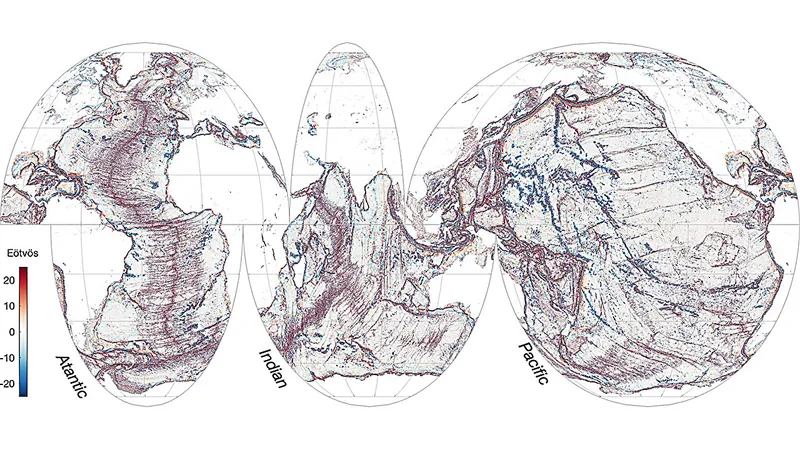
Alarming Risks of Bird Flu Linked to Raw Milk Consumption
2024-12-13
Author: Amelia
The Dangers of Raw Milk
Pasteurization, the process of heating milk to eliminate harmful pathogens, effectively works to protect consumers. In the U.S., milk is heated to 161 degrees Fahrenheit for 15 seconds, while in Europe, the Ultra-High Temperature method heats milk to 280 degrees Fahrenheit. These critical safety standards can prevent the kind of outbreaks that raw milk can trigger.
Recently, a troubling incident emerged in California where a toddler was suspected of contracting bird flu after consuming raw milk. The child developed a fever and began vomiting, leading to tests that reportedly indicated the presence of the influenza A virus. Health officials subsequently sent samples for further verification, but initial tests came back negative, raising concerns about the reliability of the results due to potential degradation over time.
The raw milk in question was sourced from Raw Milk LLC in Fresno, California. Just last month, one sample from this establishment tested positive for bird flu, prompting a recall of products produced in mid-November. Compounding the issue, the California Department of Public Health (CDPH) discovered the virus in both bulk milk storage and bottled products, leading to a suspension of the company's operations.
Historical Context of Raw Milk Illnesses
Mark McAfee, the CEO of Raw Farm, noted for being the largest raw milk producer in the U.S., has faced scrutiny over past health issues linked to raw dairy consumption. Previously, a Salmonella outbreak associated with the company resulted in 22 hospitalizations, alongside other severe instances of foodborne illness traced back to its products. The FDA has prohibited the interstate sale of raw dairy products since 1987, given the numerous health risks involved.
From 1998 to 2018, there were 202 recorded outbreaks directly linked to unpasteurized milk, resulting in 2645 illnesses, 228 hospitalizations, and three fatalities. This alarming data highlights the potential public health crisis stemming from raw milk consumption.
The Rising Threat of Avian Influenza
With California experiencing a surge in bird flu cases among cattle—617 confirmed cases reported, including 338 in the past month—the situation is critical. In contrast to bacteria commonly linked to raw milk, which typically spread through a fecal-oral route, bird flu poses a far greater risk due to its transmission via contaminated surfaces, droplets, and aerosols.
Healthcare providers are advised to exercise extreme caution when dealing with suspected bird flu cases, enforcing stringent protective measures to mitigate the risk of further infections. The need for vigilance extends beyond humans; even animals like cats have reportedly fallen ill after consuming raw milk linked to recalled batches, prompting public health officials to provide antiviral prophylaxis to those in contact with the infected pets.
The Ongoing Debate
Despite the evident dangers, advocates of raw milk, including prominent figures like Robert F. Kennedy Jr., continue to tout its nutritional benefits. However, the implications of mixing such belief with the risk of airborne pathogens raise ethical questions about the responsibility of public figures in promoting raw milk consumption during a time of heightened health risks.
As health experts continue to voice concerns, it remains crucial for consumers to reconsider the safety of raw milk and its purported benefits amid the backdrop of possible outbreaks and illnesses. In a world increasingly wary of pandemics, the debate surrounding raw milk consumption and public health will likely intensify.









 Brasil (PT)
Brasil (PT)
 Canada (EN)
Canada (EN)
 Chile (ES)
Chile (ES)
 España (ES)
España (ES)
 France (FR)
France (FR)
 Hong Kong (EN)
Hong Kong (EN)
 Italia (IT)
Italia (IT)
 日本 (JA)
日本 (JA)
 Magyarország (HU)
Magyarország (HU)
 Norge (NO)
Norge (NO)
 Polska (PL)
Polska (PL)
 Schweiz (DE)
Schweiz (DE)
 Singapore (EN)
Singapore (EN)
 Sverige (SV)
Sverige (SV)
 Suomi (FI)
Suomi (FI)
 Türkiye (TR)
Türkiye (TR)